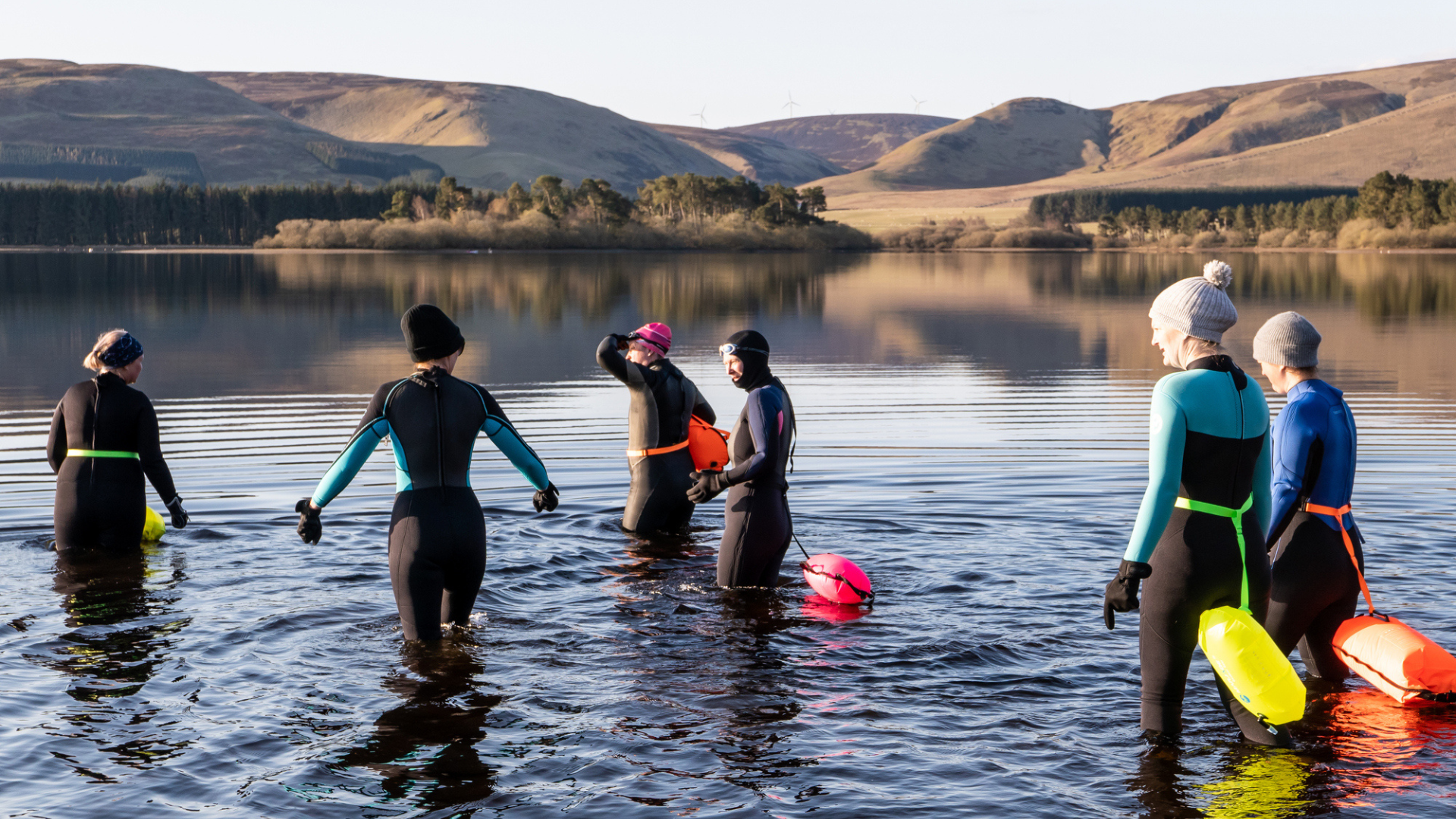The one simple act that could save your life on a hike
Forget high-tech communication devices and bushwacking skills; one of the best things you can do to stay safe on a hike is phone a friend
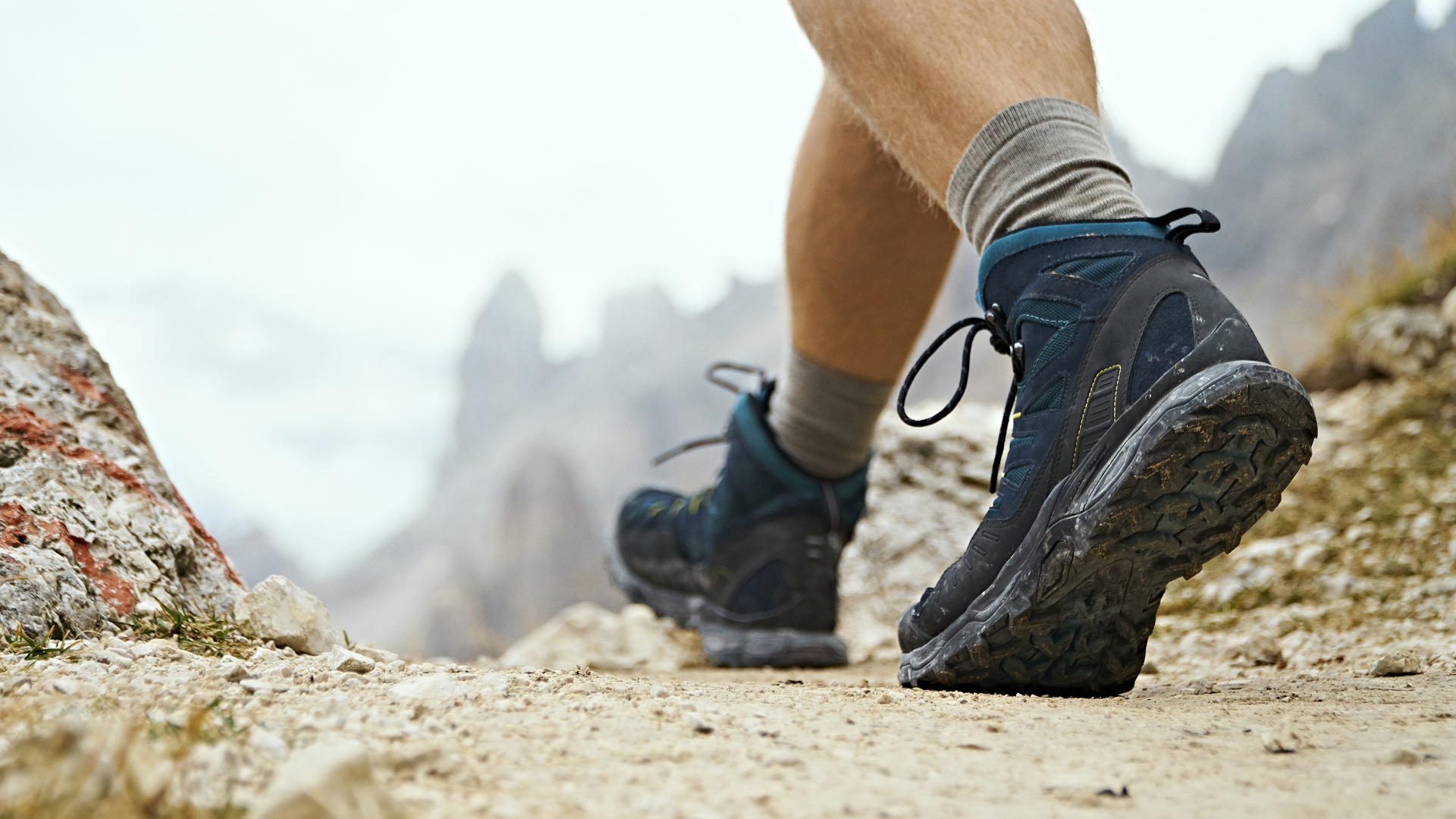
Hiking is all about rediscovering solitude and heading out into the wilderness without the ties and obligations that tether us to society. So having to give someone a detailed itinerary might feel like a bit of a burden – but even in a high-tech world of satellite communicators and emergency blankets, it remains one of the most important survival tools at your disposal as a hiker.
I’ll admit, I hike a few times a week and I can sometimes get a bit sloppy about this. A few years ago, my ex and I were just about to rappel into a canyon in Utah when we realized we hadn’t told anyone what we were doing. We had left our home in Colorado on a week-long road trip and while our roommates knew how long we were away for, there was no one to call for help if a flash flood occurred. Instead of risking it, we hopped back in the truck, drove until we got cell service and sent a message to our roommates communicating our plans. Then we got on with our canyoneering adventure, it didn’t rain, and we had a great time.
If things hadn’t gone our way though, someone would have noticed, and it might have saved our lives. Whether you’re forgetful like me, fiercely independent or think you’re bulletproof, you need to get in the habit of telling someone where you are going every time you get your hiking boots on. In this article, we explain the reasons why, who you should tell and exactly what details to give them.

Why should you tell someone where you're going?
You might not love the idea of broadcasting your plans, but it could save your life. The main reason you should always tell someone where you are going is so that, if you get lost or injured and can’t call for help, the alarm will be raised quickly and search teams don’t have to waste time searching for you.
Some years ago, two men I knew went out to hike the Maroon Bells, a risky Colorado 14er near Aspen. When they reached the summit, they took a selfie and sent it to a friend. They became lost on their descent and an early storm blew in. The following morning, they were still out on the mountain. The friend back home started to suspect something was up that day when she hadn’t heard from either climber and couldn’t reach them. Fortunately, she had the wits to alert mountain rescue and after a two-day search, the climbers were located; sadly, only one survived.
In that case, it’s impossible to know if alerting mountain rescue sooner might have changed the outcome. As it was, the weather conditions hampered rescue efforts. However, it’s possible that someone realizing they were in trouble the night before might have helped, and a better understanding of their location may have sped up the rescue.
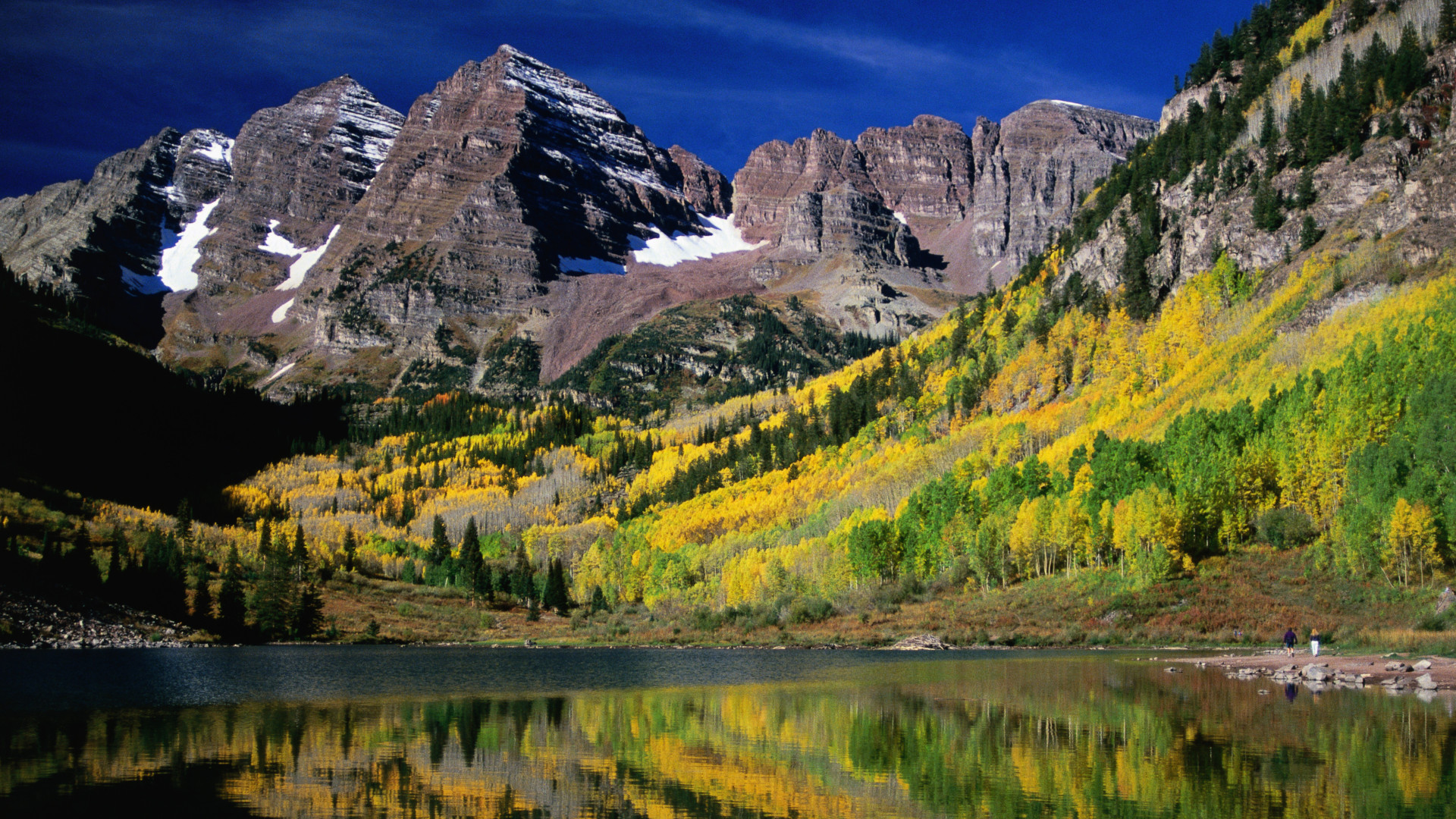
Probably the most famous example of a hiker not telling anyone where they were going and living to regret it is another Aspen resident, Aron Ralston. Ralston famously went solo canyoneering near Canyonlands National Park when a boulder he was holding shifted and pinned his hand between two rocks. He spent 127 hours trapped in the desert surviving on drinking his own urine before being forced to cut off his hand to escape (you can read all the gory details in his book Between a Rock and a Hard Place if you want).
Advnture Newsletter
All the latest inspiration, tips and guides to help you plan your next Advnture!
For five days, his family desperately tried to hack into his email to see if they could figure out where he was, something that he could easily have shared with them by firing off a quick message. He could have been spared many days of suffering, and maybe even saved his hand.
If you tell someone where you are going and when you expect to return, when you don’t return, that person can summon help quickly, and save you a lot of time exposed to the elements in a dangerous situation.
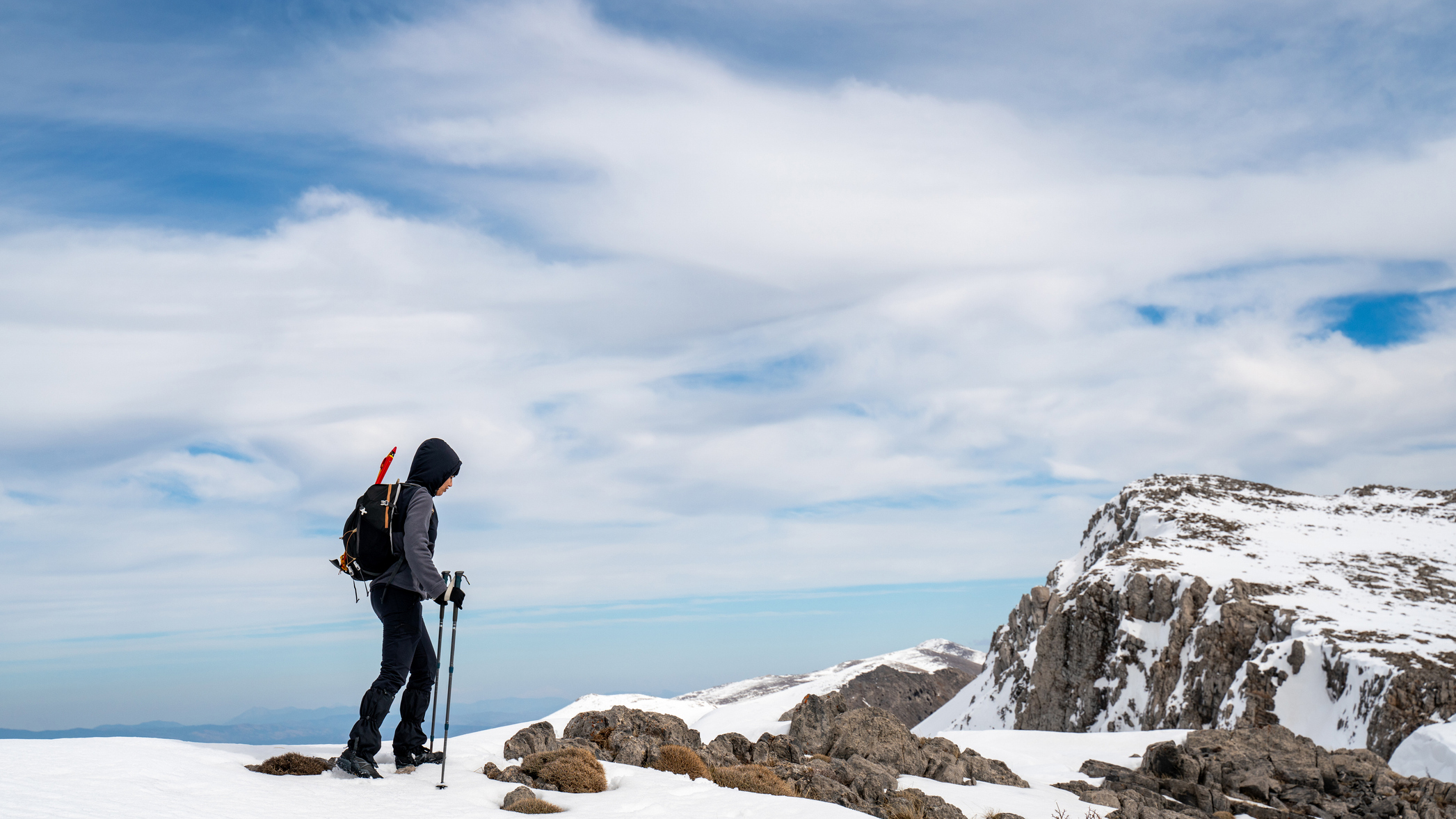
Who should you tell?
You need to tell someone you trust. That means probably not your most fun party friend, but someone responsible who will remember to check in with you at the allotted time if they haven’t heard from you, and not think twice about calling emergency services if you don’t pick up. It may be most effective to text or email your plans so that the person doesn’t have to doubt their memory of the details, just make sure you do this before you get to the trailhead, where there may be no service, and that they confirm receipt of said message.
In addition, it’s a good idea to fill out any visitor log stationed in a National Park or before entering a National Forest or Wilderness Area, tell park rangers and even leave a note on the windshield of your car at the trailhead.
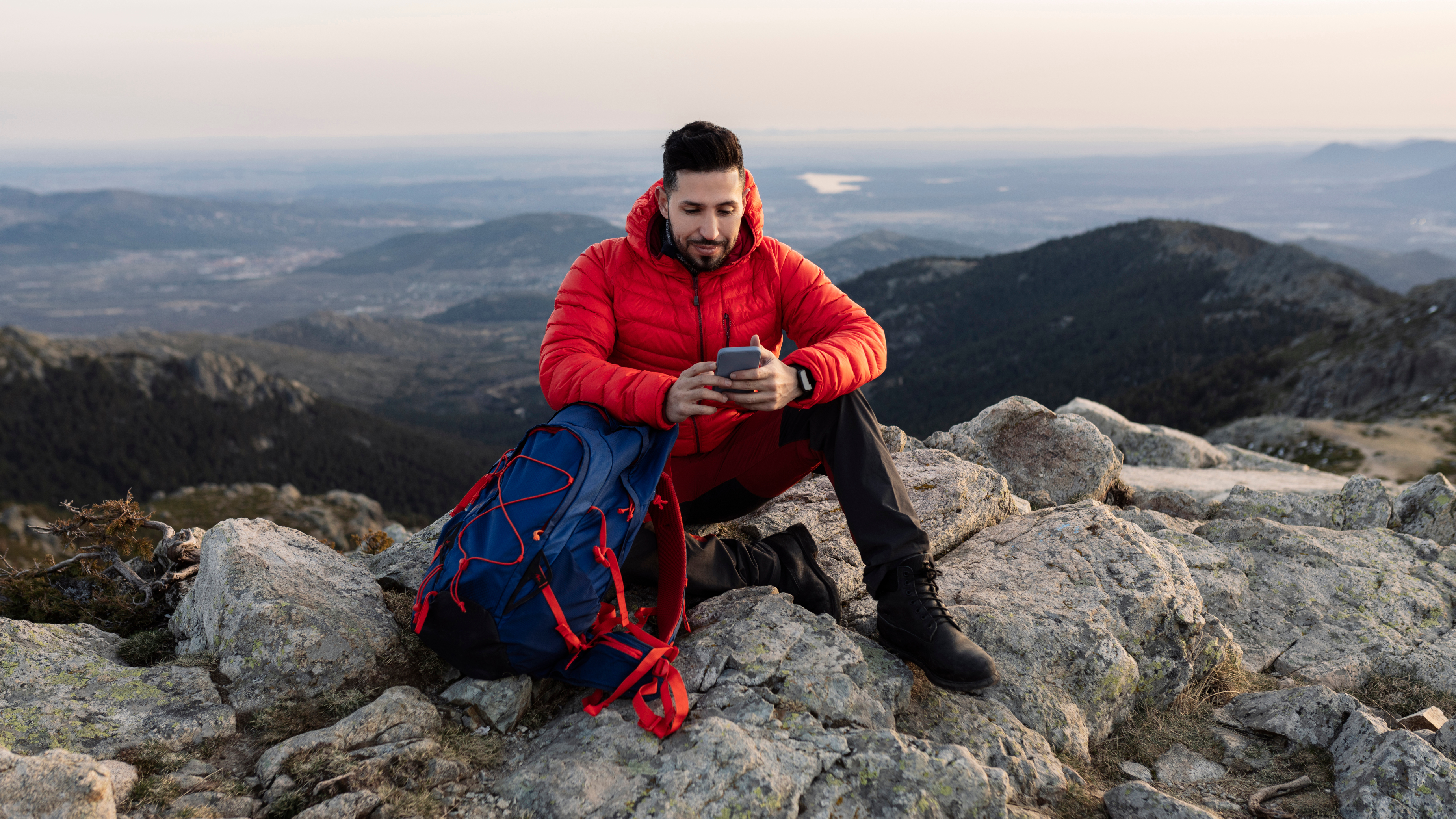
What details should you give them?
Though telling someone where you are going shouldn’t take long, there are a few details it’s important to mention, including:
- Where you are going (include the specific route as there are often many, and your intended destination).
- What time you are setting off.
- What emergency kit you have with you, such as a compass, emergency shelter, and satellite communicator as well as provisions like food and water.
- What time you plan to be back at the trailhead.
- What time they should raise the alarm if they don't hear from you.
Finally, don’t forget to contact them when you’re back at the trailhead or within cell service so that don’t raise a false alarm. This all might sound a bit much if you’re just going on a day hike, but if disaster strikes, this information will help your person get help sooner, allow rescue services to reach you quicker and give them an idea of how long you’re likely to survive.
Julia Clarke is a staff writer for Advnture.com and the author of the book Restorative Yoga for Beginners. She loves to explore mountains on foot, bike, skis and belay and then recover on the the yoga mat. Julia graduated with a degree in journalism in 2004 and spent eight years working as a radio presenter in Kansas City, Vermont, Boston and New York City before discovering the joys of the Rocky Mountains. She then detoured west to Colorado and enjoyed 11 years teaching yoga in Vail before returning to her hometown of Glasgow, Scotland in 2020 to focus on family and writing.

